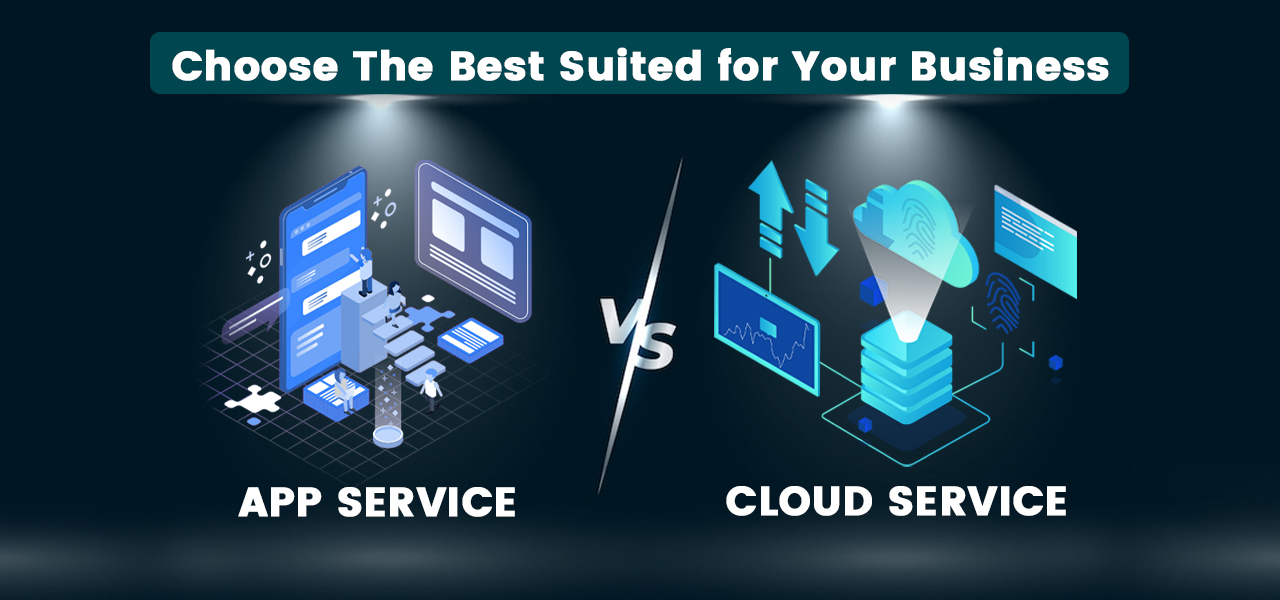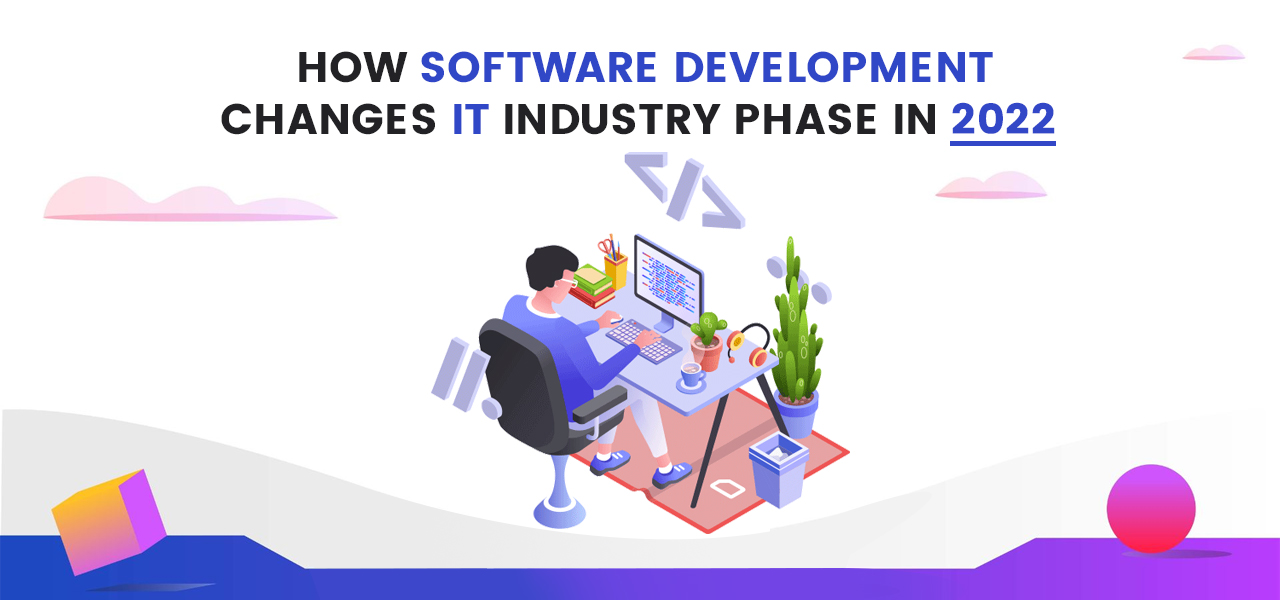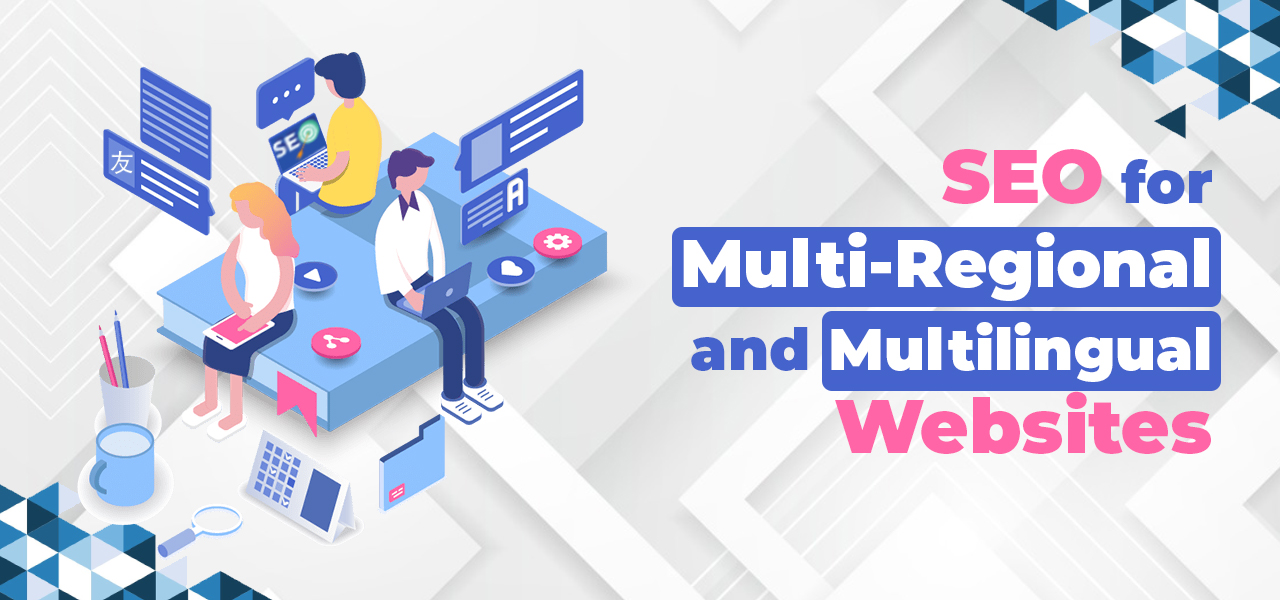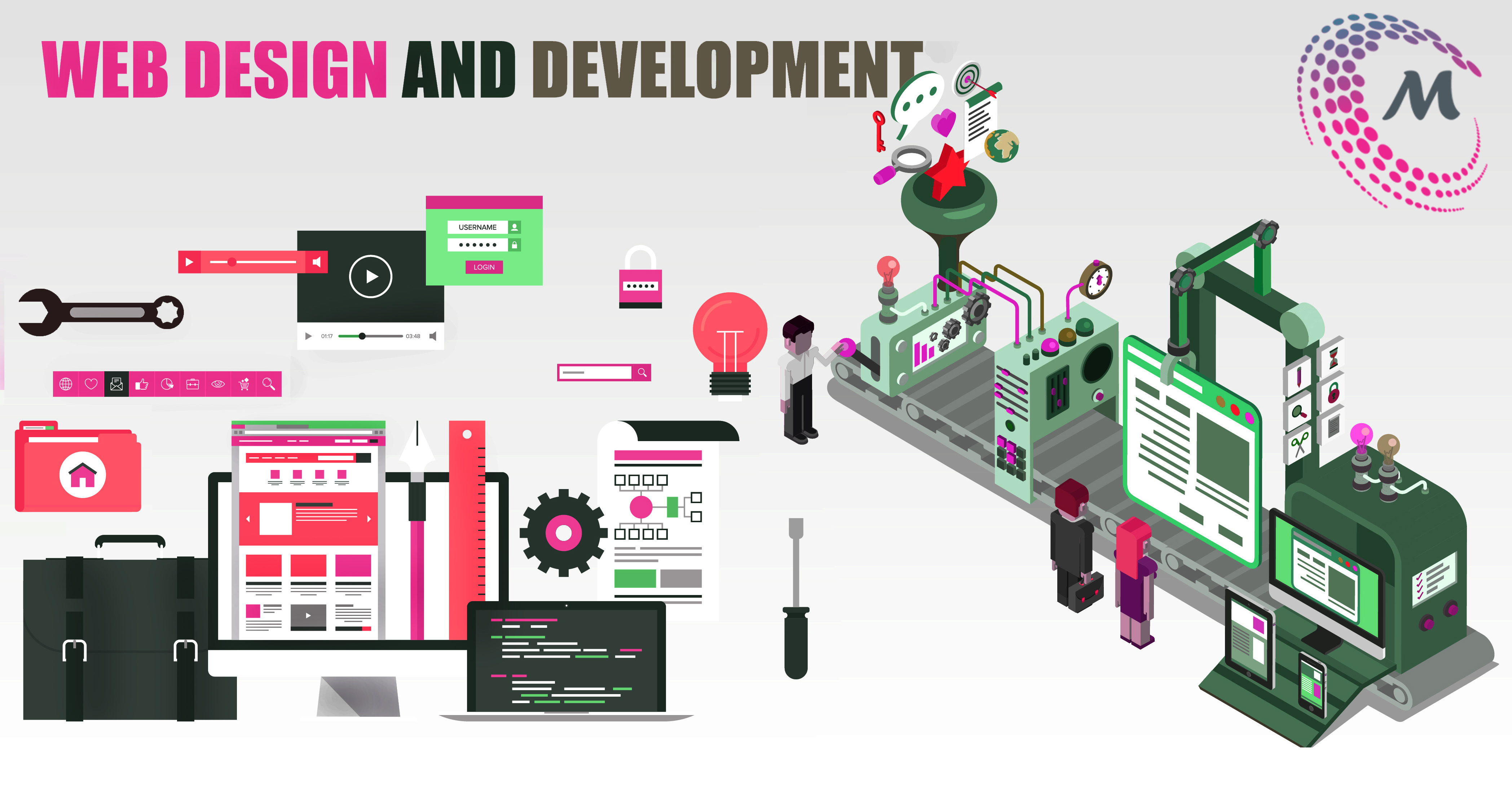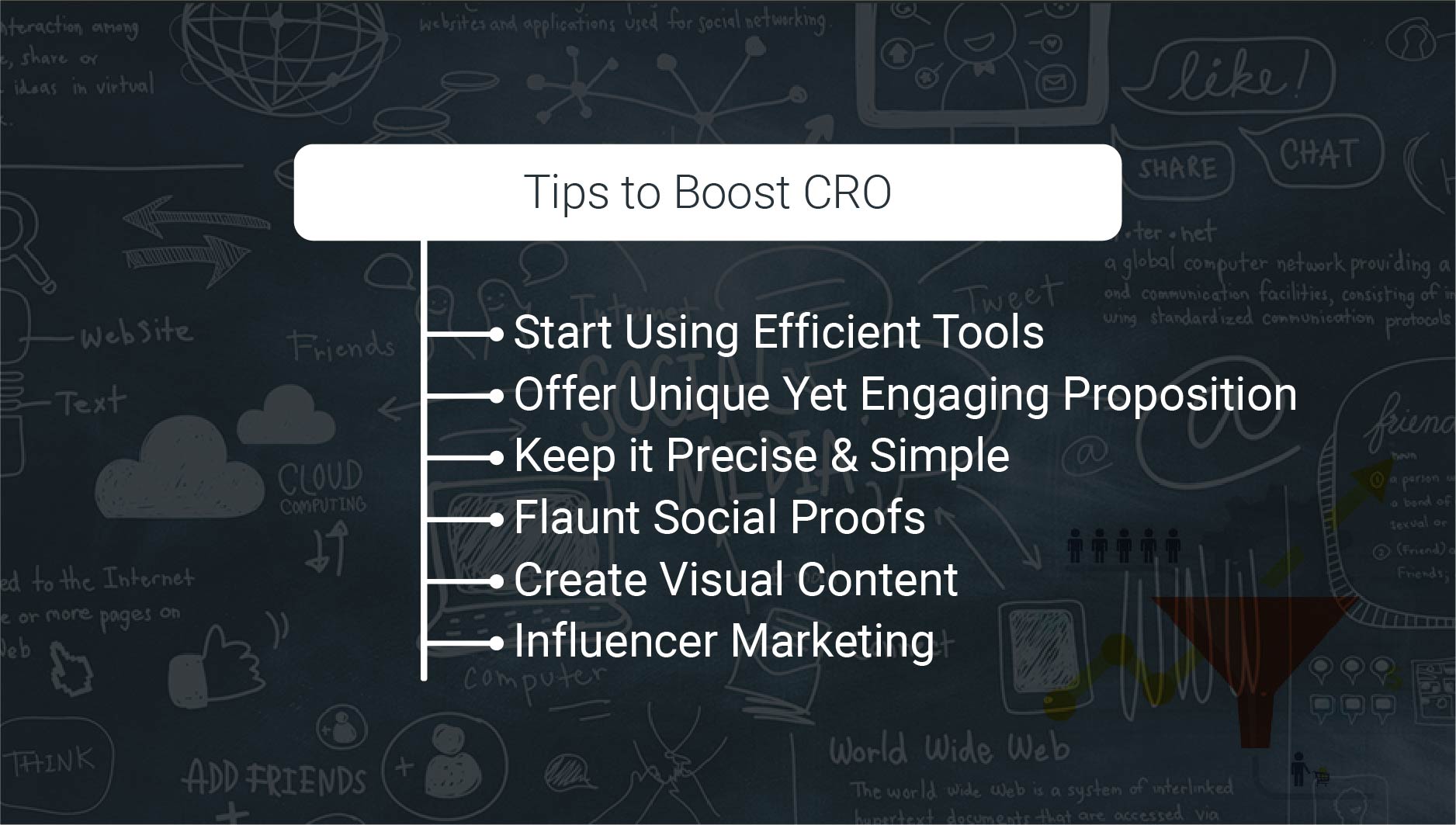Every industry recognizes the value of having a mobile-friendly website for their company in 2022. More people access the internet globally via mobile and desktop devices. Further statistics demonstrate the significance of having a mobile-friendly website.
We won’t go into the specifics of why having a responsive website design for your company is essential here.
The main objective of this blog is to explain and help readers understand some very basic but crucial design guidelines that must be followed in order to build a successful mobile-friendly website.
- Keep Navigation Simple
Think of this as continuing the trend of having a simple mobile website design.
You cannot anticipate customers to navigate through a lengthy menu or click through to numerous sub-menus on a mobile device or tablet. Simply put, there isn’t enough room on the screen to absorb everything.
For convenience of use, you should have only one sub-menu under each menu category. Be sure to put your most crucial pages at the top.
- Precise Form Types
Users are not motivated to fill out endless fields of data while completing contact forms on mobile devices. In those circumstances, they’ll probably choose a desktop computer or laptop. Because of this, it’s crucial that you only request information that is required to complete the work.
A/B testing works well with forms because you can remove one or more fields, change the design, experiment with the CTA, and determine which forms have the highest completion rates.
Always place your important calls to action where consumers will see them because it can be simple for mobile users to miss certain UI elements.
Calls to action are a crucial component of any website design, but they are crucial on mobile. Make it as simple to find as possible with CTAs placed in the most beneficial areas since mobile visitors, as opposed to their desktop counterparts, often have more of a notion of what they’re searching for when they come to your website.
- Make Easy Searching
Search should be one of the first things mobile consumers encounter on your website since people who are looking for specific information frequently utilize it. Utilizing an open text field on your homepage, place your website search towards the top.
Customers who have a specific goal in mind when visiting a website are less likely to fumble through vague menus or read through endless product pages. Because of this, it’s even more crucial that the top page of your search results contains exactly what the user is looking for.
- Check Fonts and Colors
Another factor that is crucial regardless of the platform you are designing for is legibility. You should always adhere to the accepted standards for font size, font selection, line height, longer paragraphs, etc.
Designing a mobile website with text that is too small to see on a mobile device is one of the worst things you can do. Users shouldn’t have to zoom in to read any text on your website, especially your navigational text.
To Conclude…
Creating a mobile-friendly website based on user-centric design principles helps to improve the mobile experience. So, if you want to revamp your existing mobile website design or want to create and optimize entirely new mobile websites. Our team of graphic designers can help. Learn more by getting in touch with us at our official website.

